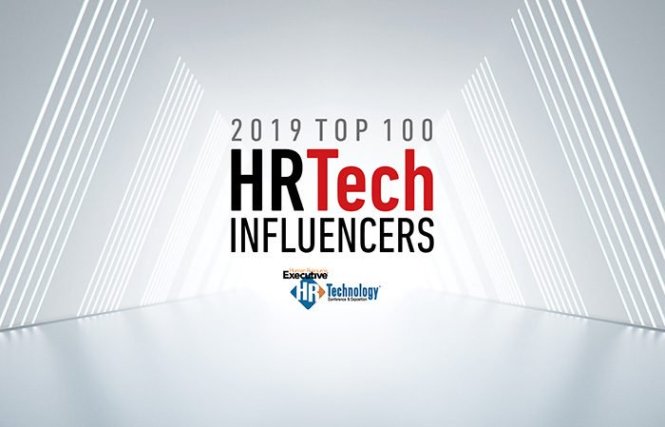Influencers discuss how investing in HR technology is actually investing in your people.

 Lisa Sterling
Lisa Sterling
Chief People and Culture Officer
Ceridian
How can HR leaders best make the business case for HR technology investment?
Tailor your case to your audience. For a leadership team who is focused on the ROI predominantly, focus on how technology can reduce redundancies and costly errors, while increasing compliance. You can also focus on the redeployment of your people to more strategic output by reducing the administration and time associated with manual processes. Both of which lead to cost savings.
If your organization takes a people-centric approach, lead with the positive impacts to workplace culture. Implementing a mobile experience where employees can request earned wages on-demand, or get expedited approvals for schedule changes, typically leads to improved employee engagement and satisfaction levels. Ultimately, investing in HR technology is investing in your people.
What’s the single most dramatic shift you see happening in the HR tech space today?
The world of human capital management is undergoing a number of fundamental changes, however the rise of AI, machine learning and predictive analytics appears to be at the forefront. They are reshaping the way companies manage their workforces and make HR plans, and the greatest impact in the near term appears to be AI used to augment the actions of humans, rather than to replace them.
These technologies have also shown the potential to dramatically improve HR effectiveness, helping employees do their jobs easier and faster, helping managers make smarter decisions, and predicting and recommending future courses of action.
However, with all of this potential upside, AI involves large amounts of data, and if that data is inaccurate or tainted with bias, the AI’s output will reflect those shortcomings—this will be a key challenge for HR leaders to overcome moving forward.
What area of the HR function will be most impacted by emerging technologies, and why?
The employee experience. From a process and technology investment perspective, leaders need to elevate the employee experience so that it is instantaneous, personalized, integrated, and accessible. Delivering a winning employee experience means leveraging technology to provide employees an experience at work that is comparable to their experience as consumers. Providing a consumerized platform to employees is no longer a “nice to have”—it is considered table stakes, and this trend is expected to accelerate in the future.


Recent Comments